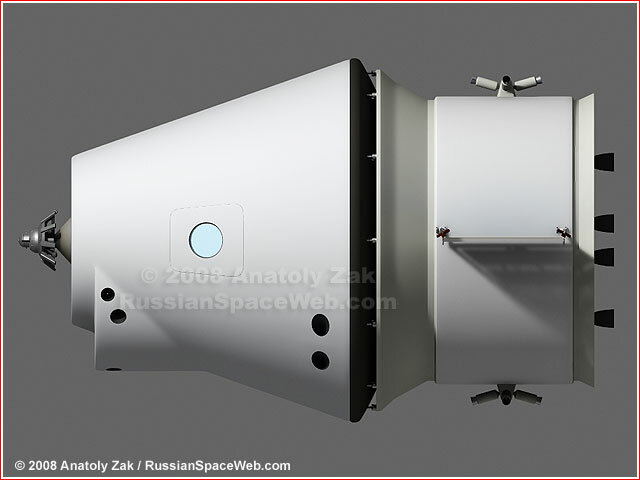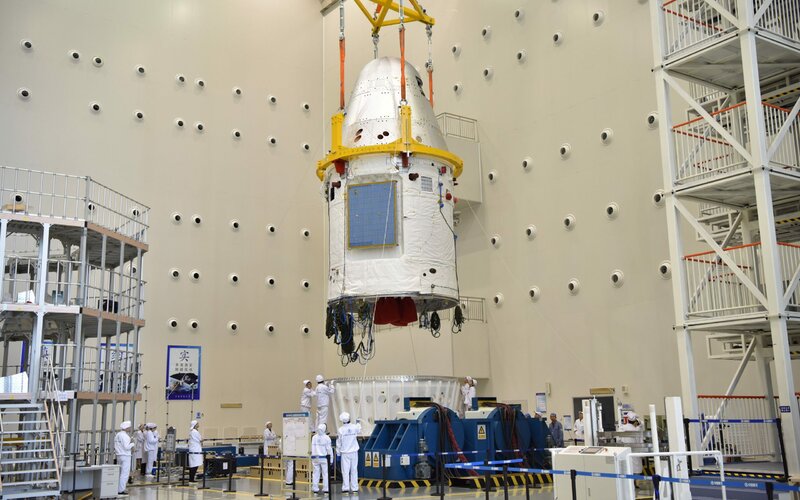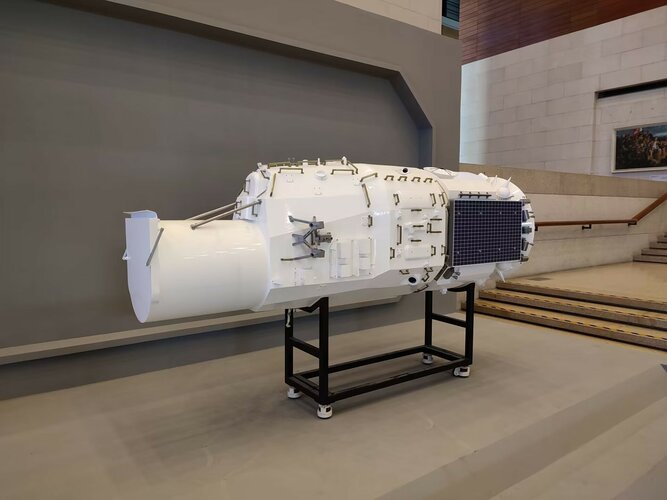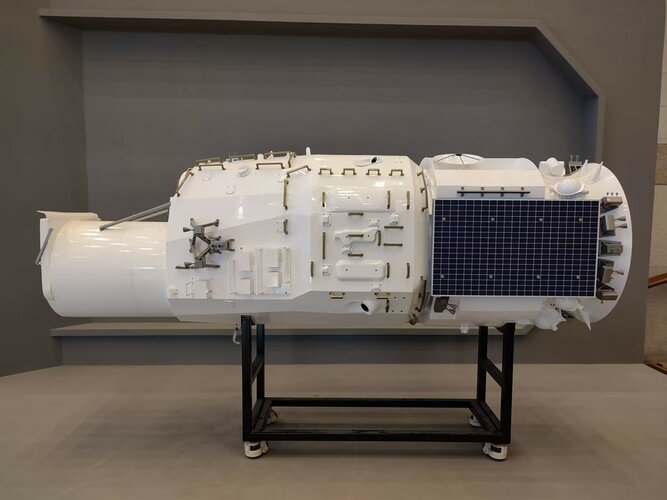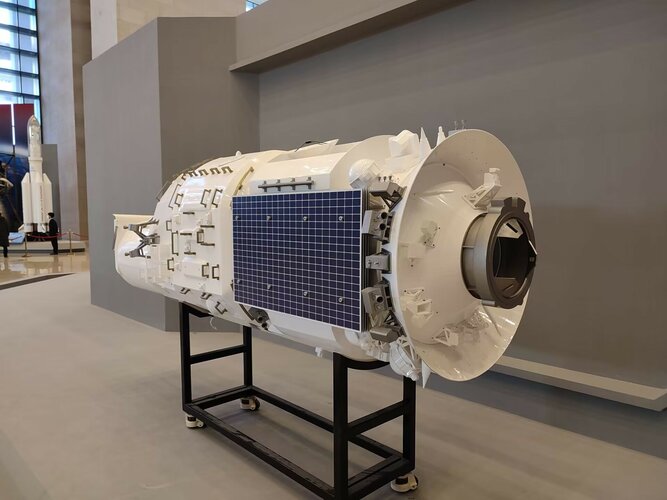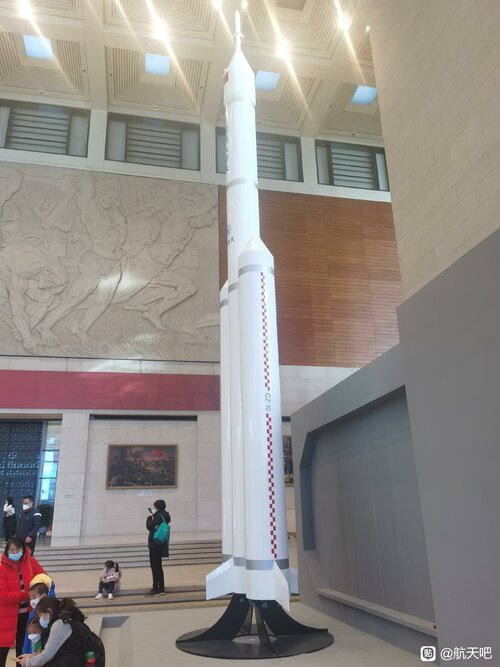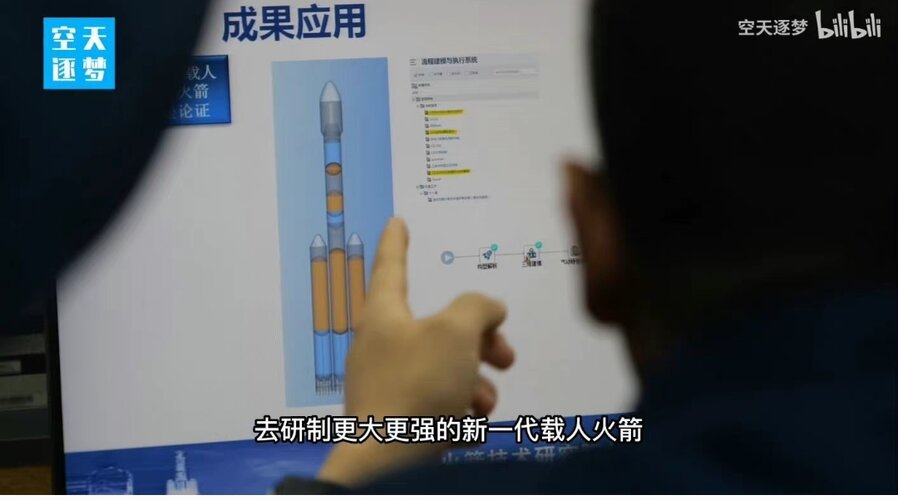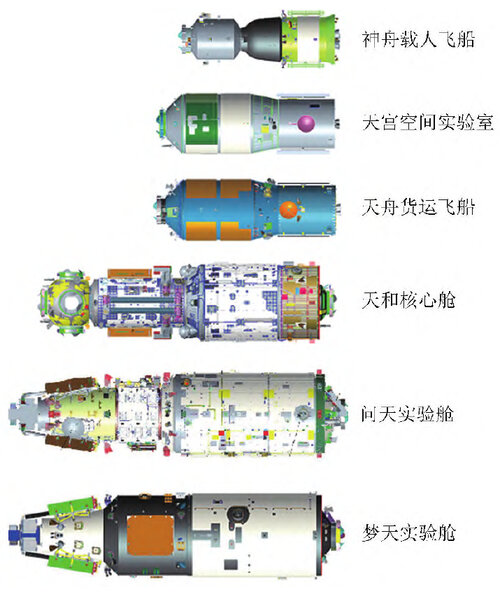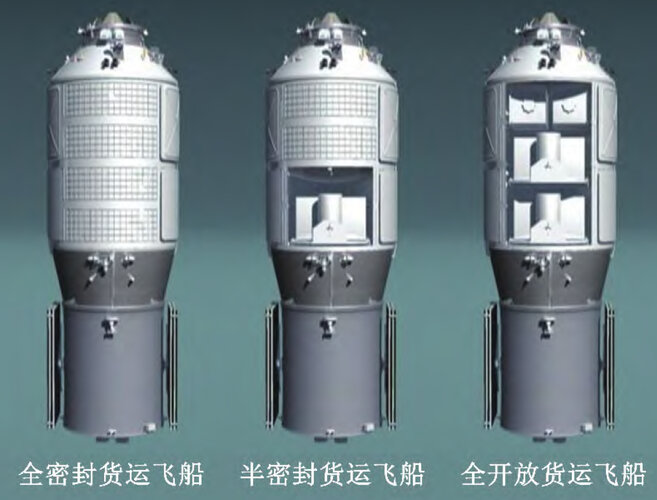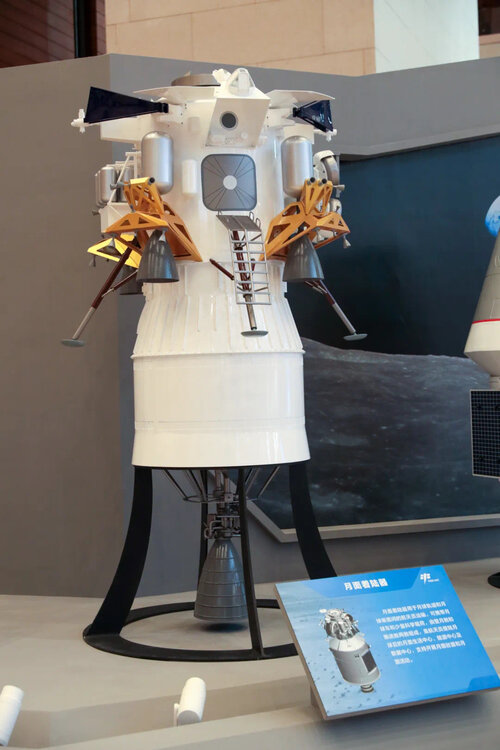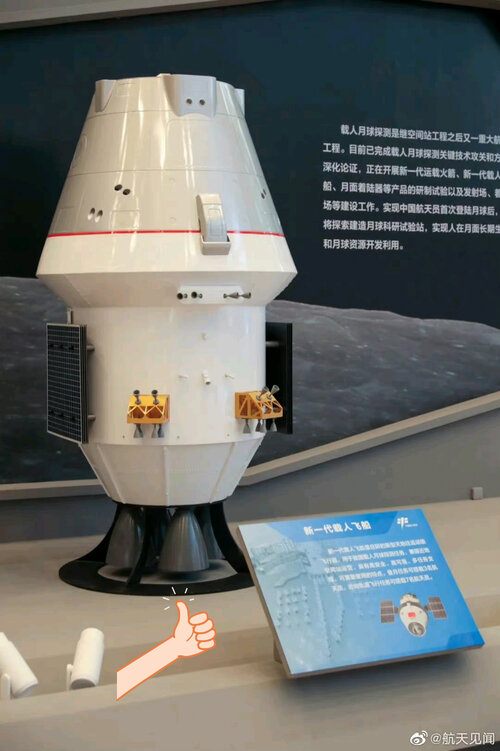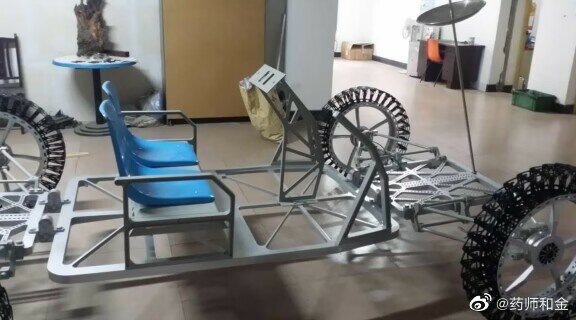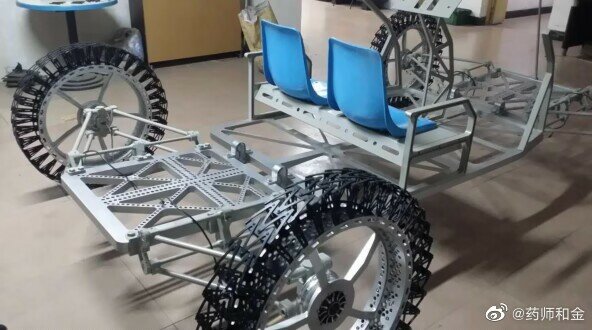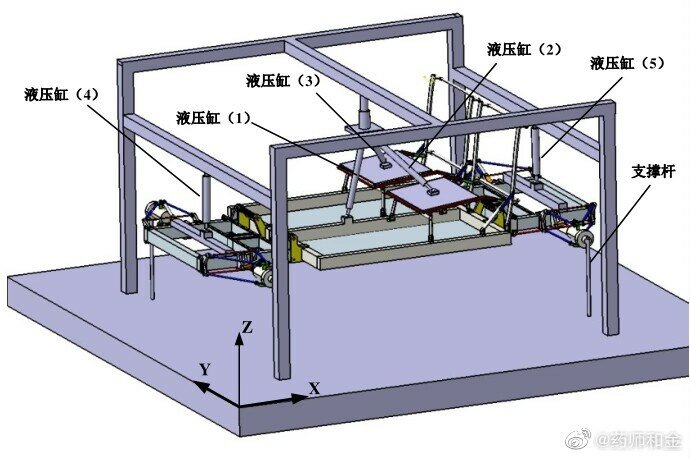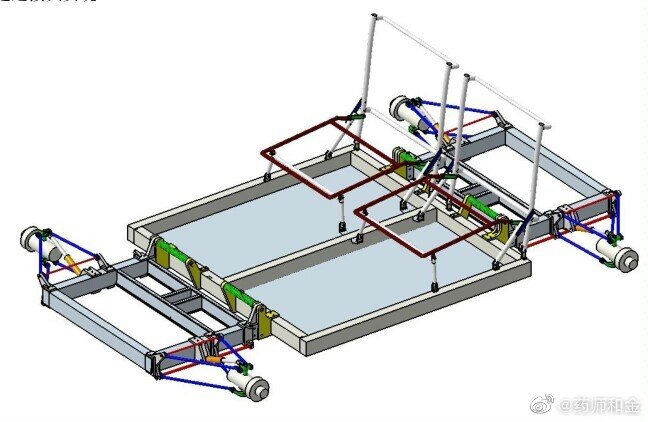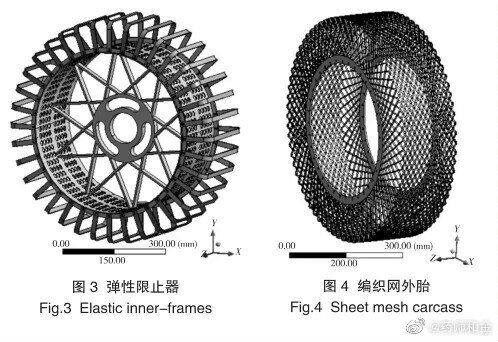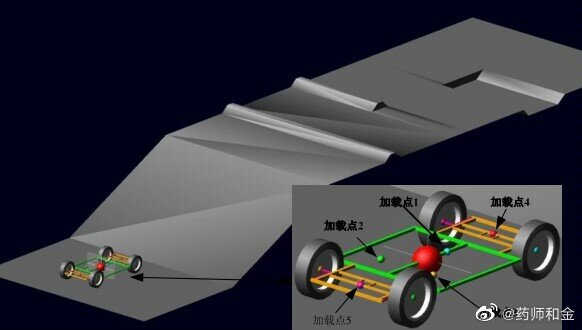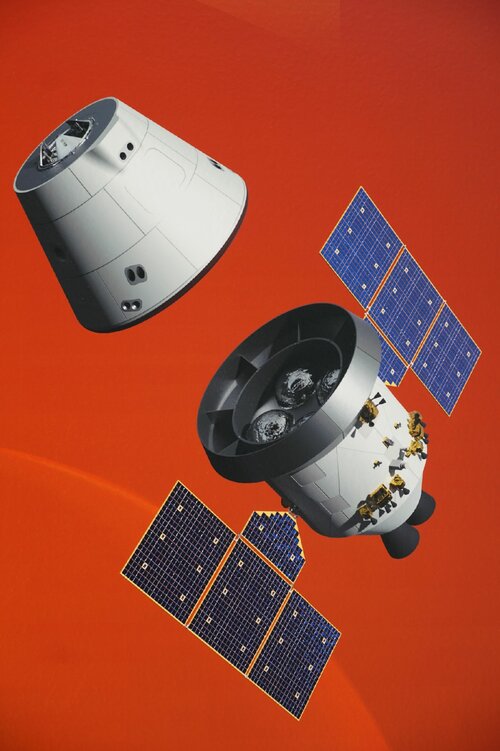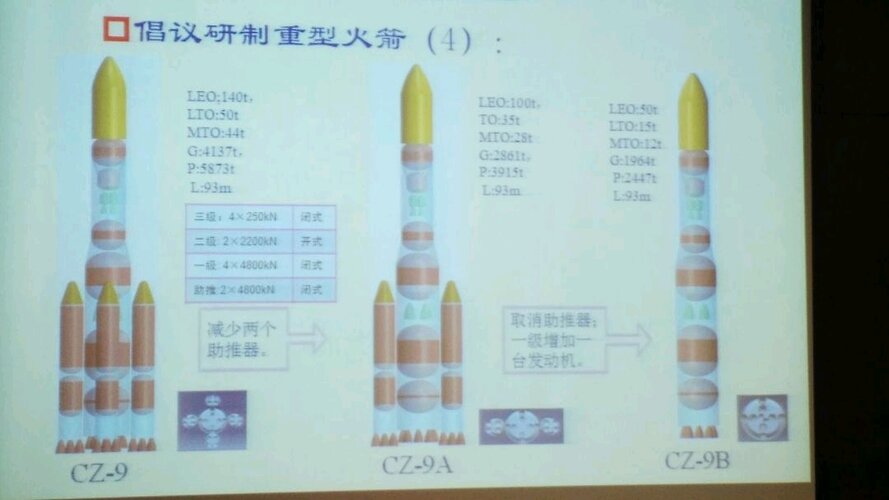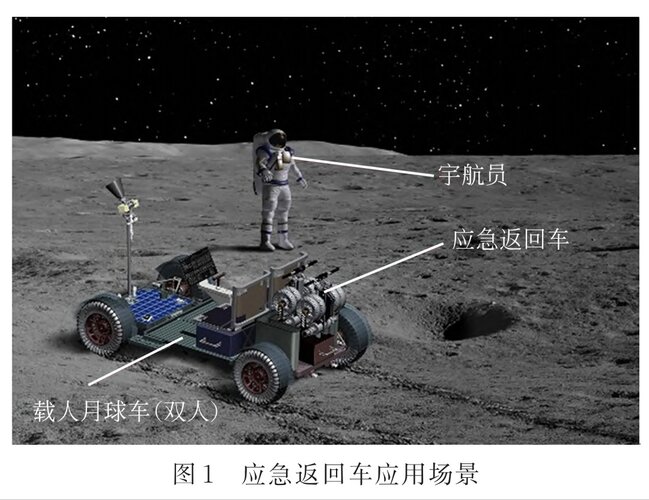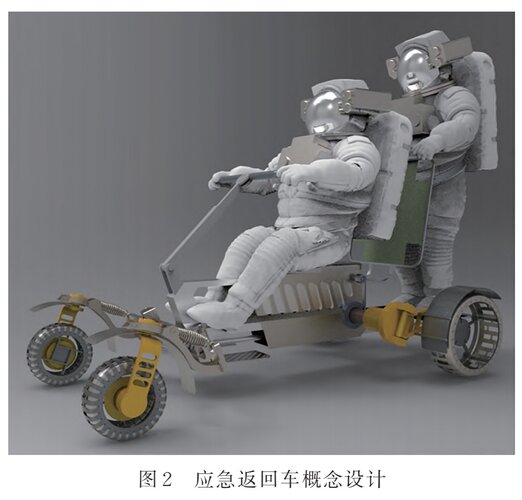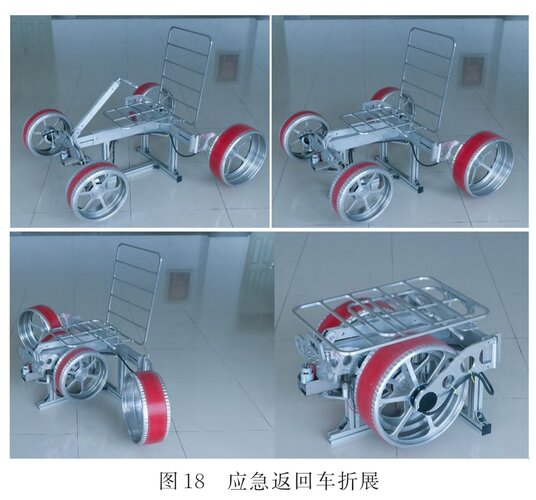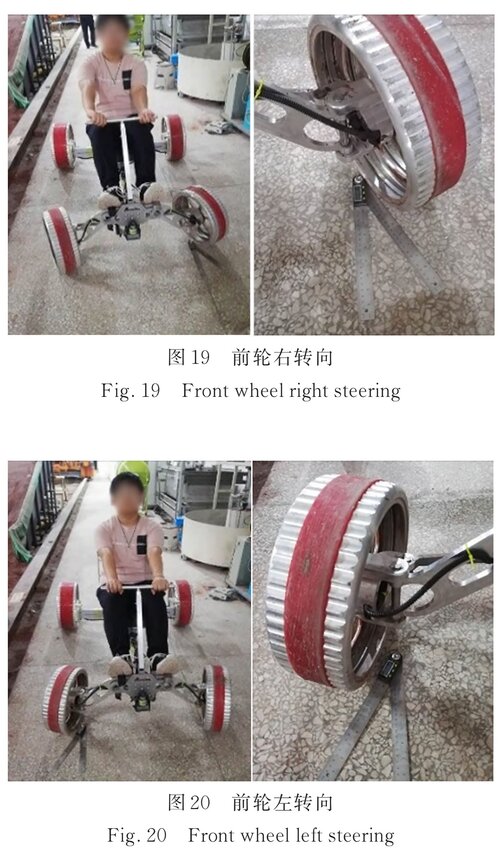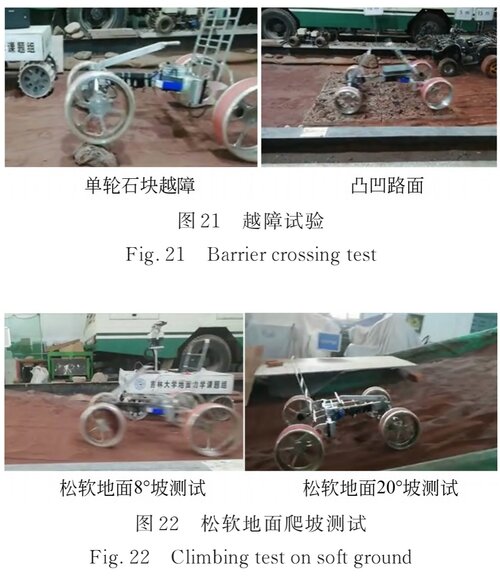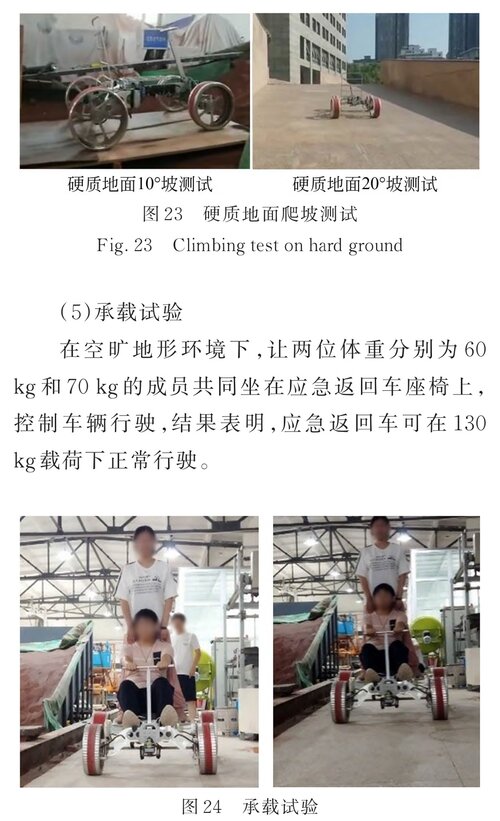BEIJING, March 3 (Xinhua) -- China plans to launch a new interplanetary mission targeting a small near-Earth asteroid, said the country's space agency.
The scheduled Tianwen-2 mission will sample an asteroid called 2016 HO3, return to Earth, and then head out again to a main-belt comet 311P.
The China National Space Administration revealed the plan in a notice on Thursday, saying that the mission has obtained official approval, and scientists will hold an academic seminar about Tianwen-2 scientific exploration and its data processing technologies in April.
Tianwen-2 is the second mission in China's Tianwen series of planetary endeavors. Launched on July 23, 2020, Tianwen-1, comprised of an orbiter, lander, and rover, arrived on Mars.
Over the past two years, the Tianwen-1 has relayed a torrent of data to Earth, making contributions to many interplanetary exploration discoveries. It will continue to perform multiple tasks related to the red planet, according to the administration.







